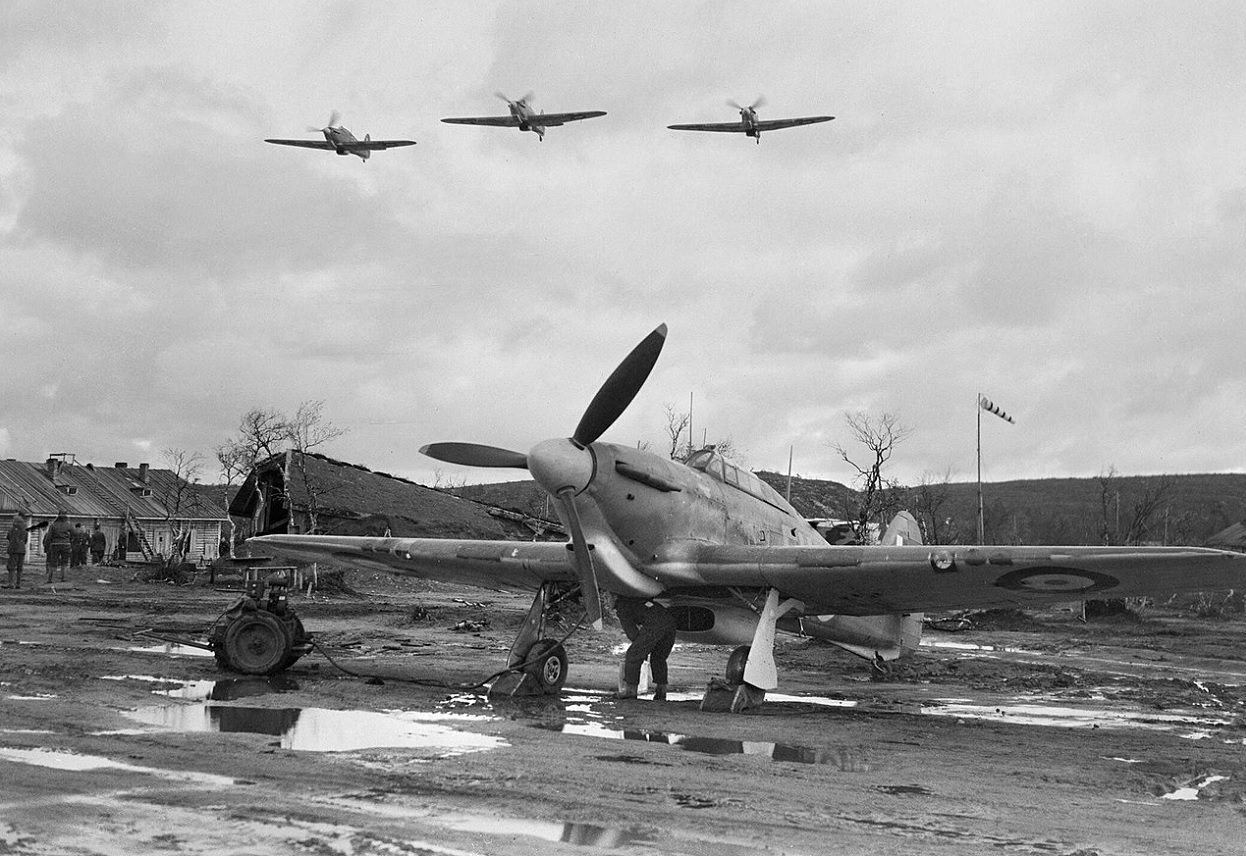The remains of 8 WW2 British Hurricane fighter planes have been found buried in a forest south of Kiev.
The Hurricane is a single-seat aircraft used by the Royal Air Force during WW2, inflicting 60% of the losses sustained by the German Luftwaffe in the Battle of Britain campaign.
The aircraft was built by Hawker Aircraft Ltd with the first prototype, Hurricane K5083, performing its maiden flight on the 6th of November in 1935. Production of the Hurricane commenced in 1936 under the supervision of the Air Ministry, and it was officially deployed in squadron service by late 1937.
One of the primary factors contributing to the aircraft’s popularity was its comparatively straightforward design and manufacturing process. The Hurricane proved to be more affordable than the Supermarine Spitfire, requiring 10,300 man hours for each unit produced, whereas the Spitfire demanded 15,200 hours.
Overall, some 14,487 Hurricanes and Sea Hurricanes were produced in England and Canada during the lead up and duration or WW2.
As part of the Allied support for the USSR under the so-called Lend Lease Scheme, Hurricanes were sent to the Soviet Union following Operation Barbarossa, an invasion of Soviet territory by German and Axis forces.
Around 3,000 Hurricanes were sent to the USSR between 1941 and 1944 to support the war effort, but following the conclusion of WW2, most of the remaining aircraft were deliberately broken up and buried to avoid paying back the allies under the terms of the Lend Lease Scheme.
The 8 Hurricanes were discovered by metal detectorists while searching for an unexploded bomb from the current war between Ukraine and Russia. This led to the National Aviation Museum of Ukraine to conduct an ongoing excavation to recover the aircraft, which appear to have been stripped of their instruments, radios, machine guns and any useful scrap metal during the 1940’s.
Valerii Romanenko, from the National Aviation Museum of Ukraine told the BBC:
“The Hurricane is a symbol of British assistance during the years of WW2, just as we are very appreciative of British assistance nowadays.”
“In 1941 Britain was the first who supplied fighter aircraft to the Soviet Union in mass scale. Now the UK is the first country which gives Storm Shadow cruise missiles to our armed forces,” added Romanenko.
Header Image – Hurricane Mk.IIB of No. 81 Squadron RAF in Russia during WW2 – Public Domain







